- 37 Posts
- 91 Comments
—Gaza Continued—
January 10, 2024: WHO facing ‘near insurmountable challenges’ in Gaza aid delivery
January 10, 2024: Photos: Terrified people flee Israeli attacks at Al-Aqsa Martyrs Hospital
January 11, 2024: Gaza daily deaths exceed all other major conflicts in 21st century: Oxfam
January 13, 2024: Shot in ‘cold blood’: Killing of Palestinian grandmother sparks outcry
January 13, 2024: Blackout in Gaza’s Al-Aqsa Hospital as fuel runs out, babies at high risk
January 17, 2024: Israel ramps up attacks on Khan Younis as aid for Gaza arrives in Egypt
January 17, 2024: Al Jazeera’s Gaza bureau chief Wael Dahdouh in Qatar for medical treatment

 9·10 months ago
9·10 months agoInside the military base, the Palestinians were held in clusters of around 100. According to the testimonies, they were handcuffed and blindfolded the whole time, and permitted to rest only between midnight and 5 a.m.
One of the detainees in each cluster, whom the soldiers chose because he knew Hebrew and was given the title “Shawish” (a slang term for a servant or subordinate), was the only one without a blindfold. The former detainees explained that the soldiers guarding them had green laser flashlights that they used to mark anyone who moved, changed position because of pain, or made a sound. The Shawish brought these detainees to soldiers standing on the other side of the barbed wire fence surrounding the facility, where they were punished.
According to testimonies, the most common punishment was being tied to a fence and having to raise their arms for several hours. Whoever lowered them was taken away by the soldiers and beaten.
“We were tortured all day,” Nidal told +972 and Local Call. “We knelt, head down. Those who didn’t succeed were tied to the fence, [for] two or three hours, until the soldier decided to let him off. I was tied up for half an hour. My whole body was covered in sweat; my hands became numb.
“You can’t move,” Lubad recalled of the rules. “If you move, the soldier points a laser at you and tells the Shawish, ‘Get him out, raise his hands.’ If you put your hands down, the Shawish takes you outside, and the soldiers beat you. I was tied to the fence twice. And I kept my hands up because there were people around me who were really getting hurt. One person came back with a broken leg. You hear the beating and screaming on the other side of the fence. You are afraid to look or peek through the blindfold. If they see you looking, it’s a punishment. They will take you out or tie you to the fence too.”
Another young man released from detention told the media after returning to Gaza that “people were tortured all the time. We heard screaming. They [soldiers] said to us, ‘Why did you stay in Gaza, why didn’t you go to the south?’ And I told them, ‘Why should we go to the south? Our homes still stand, and we are not connected to Hamas.’ They told us, ‘Go down to the south — you celebrated [the Hamas-led attack] on October 7.’”
In one case, Lubad said, a detainee who refused to kneel and lowered his hands instead of keeping them raised was taken behind the barbed wire fence with his hands cuffed. The detainees heard beatings, then heard the detainee cursing a soldier, and then a gunshot. They don’t know if the detainee was actually shot, or whether he is alive or dead; in any case, he did not return for the rest of the time that those we spoke to were held there.
To think that someone would be defiant even in those horrid conditions and the least favorable of positions. A man tied up, posed no realistic threat, yet executed. The mask of arrogance betrayed by fear. I wonder if Goliath too feared David.
Al Jazeera
—West Bank—
October 6: Palestinian killed as Israeli settlers attack West Bank town of Huwara
November 16, 2023: Live on TikTok: Cousin of Palestinian activist beaten by Israeli soldiers
November 22, 2023: Anxious, optimistic: Families of female Palestinian prisoners await release
November 24, 2023: Israel releases Palestinian women and children prisoners under Hamas deal | Photos: Palestinians released from prison reunite with loved ones
November 25, 2023: Family celebrates return of freed Palestinian prisoner Marah Bakeer
November 25, 2023: 39 Palestinian women and children were sent home
November 26, 2023: Israeli forces carry out deadly raids in the West Bank amid Gaza truce
November 26, 2023: Israeli settlers steal Palestinian farmers’ land in occupied West Bank
November 27, 2023: Palestinian killed after Israel prevents medics from helping him
November 28, 2023: Freed Palestinian prisoners report physical abuse in Israeli jails
November 28, 2023: Israel arrests almost as many Palestinians as it has released during truce
November 29, 2023: Jailed without charge: How Israel holds thousands of Palestinian prisoners
November 29, 2023: Hurt, scared but free now. Palestinian boy recalls abuse in Israeli prison
November 29, 2023: ‘They Assaulted All The Girls’ - Jailed For Posting a Palestinian Flag
November 29, 2023: Palestinian activist Ahed Tamimi among those freed as part of truce agreement between Hamas & Israel
November 29, 2023: Israeli forces kill two Palestinian children in occupied West Bank raid | Eight-year-old Adam al-Ghoul and 15-year-old Basel Abu al-Wafa shot dead by israeli soldiers
November 29: ‘Military camp’: Palestinian town of Huwara under 55-day Israeli closure
December 1, 2023: ‘My son was killed on October 6. There was no Hamas’
December 3, 2023: How a Palestinian teen’s release exposed Israeli mistreatment of prisoners
December 5: ‘Massacres await’: Palestinians in Nablus warn of deadly settler attacks
December 6, 2023: West Bank family sees no hope of justice in settler killings
December 9, 2023: Two teenagers killed, 15 detained in Israeli raids in occupied West Bank
December 14, 2023: Casualties mount in occupied West Bank as Israeli forces extend raids
December 20, 2023: ‘No safe place’: Jenin’s Freedom Theatre raided, daubed with Star of David
December 24, 2023: Muted Christmas as Palestinian Christians mourn for Gaza
December 25, 2023: Israel hits Bethlehem in Christmas raids on occupied West Bank
December 27, 2023: Six killed in Israeli strike on refugee camp in occupied West Bank
January 7, 2024: At least nine Palestinians, two Israelis killed in West Bank violence
January 17, 2024: Palestinian shop-owner used as human shield by Israeli forces
Al Jazeera
—Gaza—
October 20, 2023: Israel bombs Greek Orthodox Gaza church sheltering displaced people
November 4, 2023: Israeli fire destroys water reservoir in northern Gaza amid dire shortage of clean drinking water
November 6, 2023: Palestinians flee massacre as Israel bombs al-Maghazi refugee camp
November 16, 2023: In Gaza, Ahmad lost his family then his legs to Israel’s bombing
November 17, 2023: ‘We’re alive’, then dead silence: A Gaza family trapped in Israel’s war
November 17, 2023: Dirty secret of Israel’s weapons exports: They’re tested on Palestinians
November 22, 2023: Dozens from same family killed in Gaza as Israel continues bombardment
November 23, 2023: ‘Can regain our soul’: Relief and fear in Gaza ahead of Israel truce
November 26, 2023: Wounded patients left at al-Shifa Hospital face dire conditions | Dire conditions at al-Shifa Hospital revealed during Gaza pause
November 27, 2023: ‘Devastating’: the final hours at Gaza’s besieged Indonesian Hospital
November 27, 2023: ‘We want permanent ceasefire,’ Palestinians in Gaza say as truce extended
November 28, 2023: Gaza family opts to live in ruins of home
November 29, 2023: ‘Save what remains of Gaza’, hospital director says, amid bombing
December 1, 2023: Israeli air strikes pound Gaza as truce with Hamas ends
December 1, 2023: Israel strikes Gaza after truce expires
December 1, 2023: ‘Where to go?’ Palestinians say nowhere safe as Israel resumes Gaza bombing
December 1, 2023: Palestinians flee homes, dig in rubble as Israel resumes strikes on Gaza
December 1, 2023: Gaza aid trucks stranded as Israel-Hamas war resumes
December 1, 2023: ‘Bombing everywhere’: As Israel renews war, my eight-year-old has questions
December 2, 2023: ‘Hell on Earth’ in Gaza: Israel strikes hit Deir el-Balah
December 2, 2023: Photos: More deaths and destruction as Israel targets southern Gaza
December 3, 2023: Over 700 killed in last 24 hours as Israel intensifies strikes | December 3, 2023: From north to south, nowhere safe in Gaza as 700 killed in 24 hours
December 4, 2023: Khan Younis hospital stretched by influx of patients as Israel bombs Gaza
December 4, 2023: No end to suffering of Gaza children as Israeli attacks rage on
December 5, 2023: Searching for survivors after Israeli attack on central Gaza building
December 5, 2023: Israel intensifies strikes on Gaza’s second-largest city
December 6, 2023: Israeli raid kills 22 members of Al Jazeera correspondent’s family in Gaza
December 9, 2023: Photos: Israel bombs Gaza areas it declared safe zones for Palestinians
December 9, 2023: US skips congressional review for emergency sale of tank shells to Israel
December 10, 2023: Nearly 300 killed in Gaza in 24 hours as Hamas, Netanyahu trade threats
December 10, 2023: ‘A hand here, a head there’: Israeli warplanes kill dozens in central Gaza
December 24, 2023: Israeli strikes kill UN staff, more than 70 of his extended family in Gaza
December 25, 2023: ‘Massacre’ as Israel steps up Gaza bombardment for Christmas | December 25, 2023: Israel intensifies Gaza strikes, killing 250 Palestinians in 24 hours | December 25, 2023: Gaza’s Maghazi refugee camp in ruins after deadly Israeli attack
January 4, 2024: Hunger hits displaced Palestinians and animals in Gaza zoo
January 4, 2024: Photos: Palestinians flee Nuseirat refugee camp once again amid attacks
January 6, 2024: Safe zones: Israel’s technologies of genocide
January 7, 2024: Hamza, son of Al Jazeera’s Wael Dahdouh, killed in Israeli attack in Gaza
January 8, 2024: Palestinian girl loses her sight and her family in Gaza attack
January 8, 2024: Remembering Issa al-Souri, a little boy killed when Israel bombed a church
January 8, 2024: How a parkour group in Gaza turns war ruins into sporting arenas
#Incursions
December 3, 2023: ‘Death corridor’: The al-Samounis recall terror of ‘safe passage’ in Gaza
December 6, 2023: Two Gaza brothers stripped, jeered at by Israeli army, one taken captive
December 8, 2023: Palestinians detained by Israel in Gaza blindfolded, stripped to underwear
December 13, 2023: Civilians sheltering inside a Gaza school killed execution-style | December 21, 2023: UN calls for probe as Israeli army accused of killing unarmed Palestinians | Demember 26, 2023: Classroom massacre: Survivors say Israel executed innocents in Gaza school
Perspectives
Dr. Gabor Maté (Holocaust Survivor)
^ Here’s an interview regarding recent events.
Katie harper interviews political scientist and activist, Norman Finklestein
^At 1:43:50, Finklestein asserts that Israel would bomb a residential area, wait for people to come out and call an ambulance, and then bomb the ambulance.
Katie Harper interviews journalists and political activists regarding recent events.
^At 00:24:15, Ali asserts that Israel is willing to shoot their own civilians as evidenced by the Hannibal Directive, verifiable events, and testimonies such as Yasmin Porat’s where the IDF was shooting indiscriminately and even fired tank shells into Israeli homes.
Owen Jones speaks about the case filed against Israel by South Africa
Testimonies
Israeli Soldier’s Explosive Tell-All: “Palestinians are right to resist” - Former IDF soldier talks about how he realized that his actions were perpetuating apartheid, and that Palestinians were right to resist through any means.
Tantoura Ethnic Cleansing Testimony - Yosef Diamant ^Whole-ass documentary for any interested.

 4·10 months ago
4·10 months agodeleted by creator

 151·10 months ago
151·10 months agoThank you. I try, I really do. All this reading and posting is exhausting, but I know it is nothing to what these journalists go through as they spread their truth to this world.
I am really happy to hear this feedback because it let’s me know that what little I do is not in vain. I usually use the megathread to keep my compilations up to date if you’re interested.
Haaretz
—History—
July 5, 2019: Burying the Nakba: How Israel Systematically Hides Evidence of 1948 Expulsion of Arabs
December 9, 2021: Classified Docs Reveal Massacres of Palestinians in '48 – and What Israeli Leaders Knew
August 1, 2022: Editorial | There Are Thousands of Classified Pages Israel Has Yet to Reveal, for the Sake of Healing
October 29, 2023: ‘I Saw Fit to Remove Her From the World’
June 21, 2023: Zionist Militia’s Efforts to Recruit Nazis in Fight Against the British Are Revealed
—Modern Day—
August 22, 2023: Opinion | Diaspora Brothers, Don’t ‘Make Aliyah’
September 5, 2023: Using an Attack Dog, Israeli Women Soldiers Forced Palestinian Women to Undress
October 13, 2023: Israeli Settler Documented Shooting Palestinian at Point-blank in the West Bank
October 21, 2023: Cigarette Burns, Beatings, Attempted Sexual Assault: Settlers and Soldiers Abused Palestinians
October 31, 2023: Opinion | Dying in Southern Gaza: ‘I Want to Go Home. At Least I’ll Die After Drinking Fresh Water’
November 1, 2023: Hundreds Involved in Attacking Arabs and Leftists, but Israel Police Arrest Only Four
November 1, 2023: Far-right Israeli Knesset Member Zvi Sukkot to Head Subcommittee on the West Bank
November 1, 2023: Opinion | Amid the Mourning, Israel’s Settlement Enterprise Celebrates a Great Victory
December 11, 2023: Opinion | The Gaza War Is Yet Another Self-made, Inescapable Israeli Imbroglio
December 12, 2023: Graphic Videos and Incitement: How the IDF Is Misleading Israelis on Telegram
December 15, 2023: Israeli Army Says It Killed Three Hostages Mistakenly Identified as a Threat in Northern Gaza
December 17: Opinion | In Israel, 20,000 Gazans Are Responsible for Their Own Deaths. I’ve Never Been So Ashamed
December 29, 2023: Analysis | Israel Knows the Number of Calories Needed for Gazans’ Survival. How Few Is a War Crime?
+972 Magazine
July 31, 2015: Palestinian baby burned to death in West Bank arson attack
July 31, 2016: A year since the Duma murders: Navigating justice and pain
October 12, 2020: For Israel, tens of thousands of Palestinian newborns don’t exist
June 8, 2021: Settlers shot Palestinian and mutilated his body as he lay dying
July 15, 2021: Joint militias: How settlers and soldiers teamed up to kill four Palestinians
April 5, 2022: Israel charges Palestinian journalists with incitement — for doing their jobs
April 10, 2022: Israel’s false promise of security
May 15, 2022: In photos: Returning to Palestine’s depopulated villages
May 25, 2022: Israel says this book justifies Masafer Yatta expulsions. Its author begs to differ
July 8, 2022: This Israeli forbids Palestinians from building. He lives in an illegal outpost
July 11, 2022: Classified document reveals IDF ‘firing zones’ built to give land to settlers
August 11, 2022: ‘We killed a little boy, but it was within the rules’
August 30, 2022: Israel destroyed Palestinian village for luxury settlement that was never built
September 15, 2022: How Israeli media reported a ‘lynching’ that never happened
September 26, 2022: ‘We built the Palestinian Authority with blood. We won’t give up on it’
November 8, 2022: “He asked me how many children I have. Then he said: ‘Now you have one less.'”
October 5, 2022: In Jenin and Nablus, resistance and despair go hand in hand
January 24, 2023: A coming out party for Israel’s religious Jewish left
February 16, 2023: The theft of Harun Abu Aram’s body, home, and life
February 27, 2023: The pogrom is the point
March 2, 2023: ‘They were burning our house with kids inside. The army didn’t let us through’
March 5, 2023: ‘I couldn’t see if my brother’s murderer was a soldier or settler’
March 13, 2023: ‘Who hits a 64-year-old woman with a bat?’
March 22, 2023: Armed settlers break into Palestinian family home under cover of darkness
May 3, 2023: Revealed: The IDF unit turning ‘hilltop youth’ settlers into soldiers
November 13, 2023: How a hasbara group’s sham investigation put Gaza journalists in the firing line
November 23, 2023: What Israelis won’t be asking about the Palestinians released for hostages
November 30, 2023: A mass assassination factory’: Inside Israel’s calculated bombing of Gaza
December 8, 2023: ‘It would’ve been better if they shot us’: Palestinians recount prison abuse
December 11, 2023: ‘Diseases are spreading rapidly’: In Jabalia camp, thousands shelter in one school
December 19, 2023: Gaza’s rescue workers are haunted by those they couldn’t save
December 19, 2023: A Palestinian student briefly deleted her social media. Israel revoked her permit
December 28, 2023: Palestinian Christians in Gaza fear being ‘swept under the rubble or into the desert’
January 2, 2024: The ‘second Nakba’ government seizes its moment
January 5, 2024: Inside Israel’s torture camp for Gaza detainees
January 8, 2024: Israel is using a notorious military tool to arrest its own Palestinian citizens
January 9, 2024: The ‘mistaken’ killing of three Israeli hostages was a tragedy long foretold
This conflict has spanned for decades and has spread so far. Learning about every little thing has been overwhelming enough. Finding a way to organize that information is no easy task either. This comment will be used as an anchor to showcase a plethora of information regarding the conflict, both in background and the present. I still don’t know if it should be organized by news source or events themselves; maybe it will be a mix.

 291·10 months ago
291·10 months agoHere are the +972 articles that I have personally read through and compiled at this point:
July 31, 2015: Palestinian baby burned to death in West Bank arson attack
July 31, 2016: A year since the Duma murders: Navigating justice and pain
October 12, 2020: For Israel, tens of thousands of Palestinian newborns don’t exist
June 8, 2021: Settlers shot Palestinian and mutilated his body as he lay dying
July 15, 2021: Joint militias: How settlers and soldiers teamed up to kill four Palestinians
April 5, 2022: Israel charges Palestinian journalists with incitement — for doing their jobs
April 10, 2022: Israel’s false promise of security
May 25, 2022: Israel says this book justifies Masafer Yatta expulsions. Its author begs to differ
July 8, 2022: This Israeli forbids Palestinians from building. He lives in an illegal outpost
July 11, 2022: Classified document reveals IDF ‘firing zones’ built to give land to settlers
August 11, 2022: ‘We killed a little boy, but it was within the rules’
August 30, 2022: Israel destroyed Palestinian village for luxury settlement that was never built
September 15, 2022: How Israeli media reported a ‘lynching’ that never happened
September 26, 2022: ‘We built the Palestinian Authority with blood. We won’t give up on it’
November 8, 2022: “He asked me how many children I have. Then he said: ‘Now you have one less.'”
October 5, 2022: In Jenin and Nablus, resistance and despair go hand in hand
January 24, 2023: A coming out party for Israel’s religious Jewish left
February 16, 2023: The theft of Harun Abu Aram’s body, home, and life
February 27, 2023: The pogrom is the point
March 2, 2023: ‘They were burning our house with kids inside. The army didn’t let us through’
March 5, 2023: ‘I couldn’t see if my brother’s murderer was a soldier or settler’
March 13, 2023: ‘Who hits a 64-year-old woman with a bat?’
March 22, 2023: Armed settlers break into Palestinian family home under cover of darkness
May 3, 2023: Revealed: The IDF unit turning ‘hilltop youth’ settlers into soldiers
November 13, 2023: How a hasbara group’s sham investigation put Gaza journalists in the firing line
November 23, 2023: What Israelis won’t be asking about the Palestinians released for hostages
November 30, 2023: A mass assassination factory’: Inside Israel’s calculated bombing of Gaza
December 8, 2023: ‘It would’ve been better if they shot us’: Palestinians recount prison abuse
December 11, 2023: ‘Diseases are spreading rapidly’: In Jabalia camp, thousands shelter in one school
December 19, 2023: Gaza’s rescue workers are haunted by those they couldn’t save
December 19, 2023: A Palestinian student briefly deleted her social media. Israel revoked her permit
December 28, 2023: Palestinian Christians in Gaza fear being ‘swept under the rubble or into the desert’
January 2, 2024: The ‘second Nakba’ government seizes its moment

 161·10 months ago
161·10 months ago“Media Bias/Fact Check rarely conducts original fact checks as many other sources are faster and do a better job. We primarily rely on fact-checkers affiliated with the International Fact-Checking Network (IFCN).”
Source: Media Bias Fact Check
Writers at the Poynter Institute, which develops PolitiFact, have stated that “Media Bias/Fact Check is a widely cited source for news stories and even studies about misinformation, despite the fact that its method is in no way scientific.” In 2018, a writer in the Columbia Journalism Review described Media Bias/Fact Check as “an armchair media analysis” and characterized their assessments as “subjective assessments [that] leave room for human biases, or even simple inconsistencies, to creep in”.
Source: Wikipedia

 39·10 months ago
39·10 months agoI love the insinuation being made here. It’s like watching a real-time Holocaust denial unfold.
Just out of curiosity, what is your definition of a respectable source?

 226·11 months ago
226·11 months agoAt this point, what is there to say? This is nothing new. What needed to be said has already been said a thousand times over.
As for you, you have been rather active on a non-insignificant number of my posts. Seems like I’ve found myself a new admirer. ^3^ ♥
The pasta ban might seem unnecessary at a glance, but it is entirely plausible that Israel harbors legitimate fears of Palestinian Khamas militants using pasta in rituals to summon the Flying Spaghetti Monster which would then wreak havoc on the Democratic nation of Israel. There’s two-sides folks. . . two-sides!
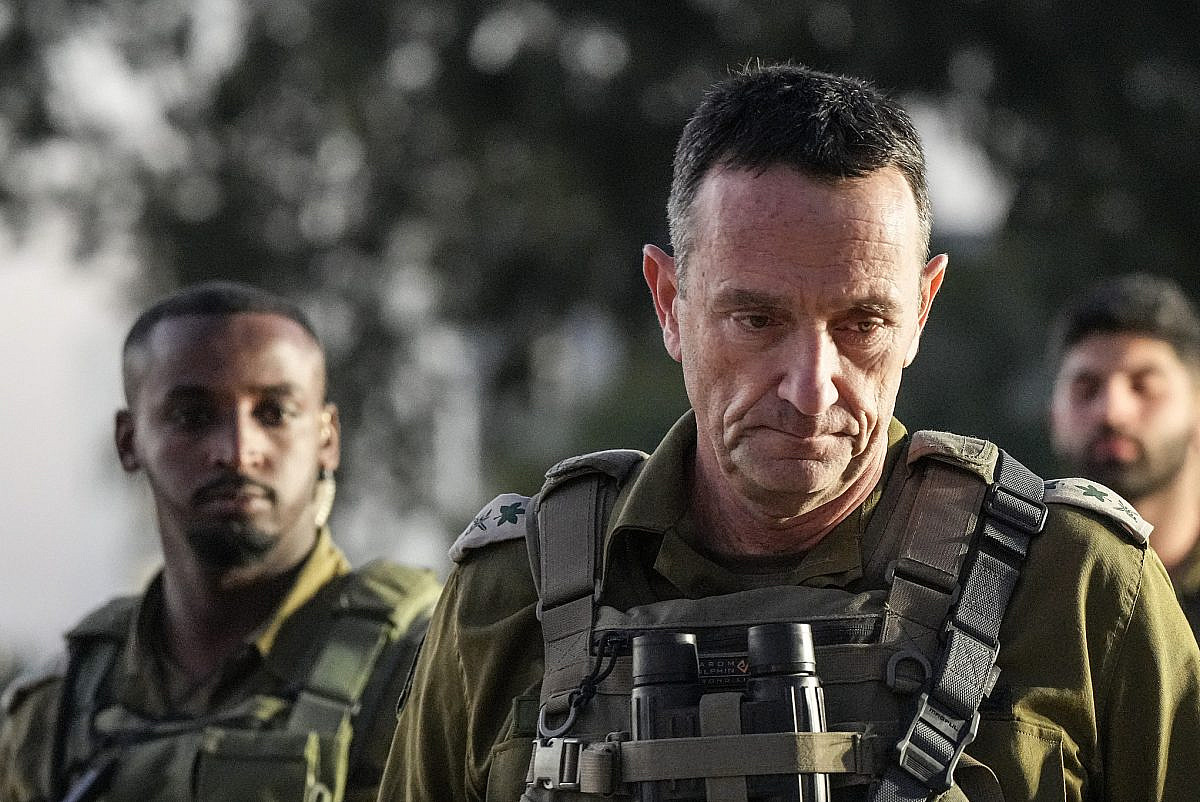
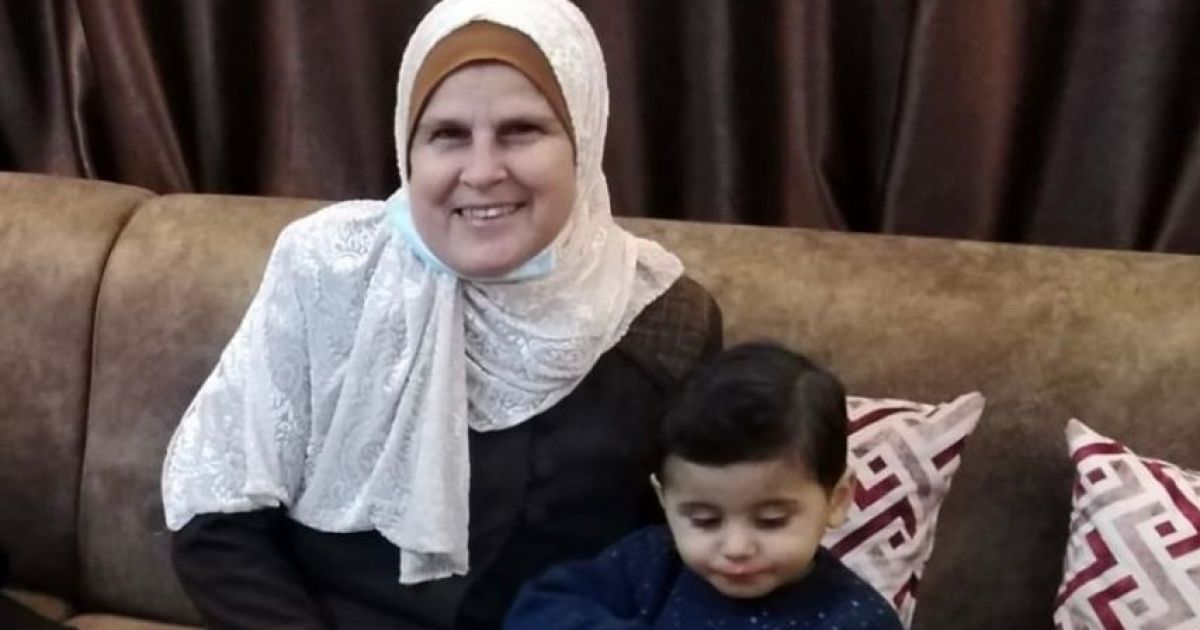
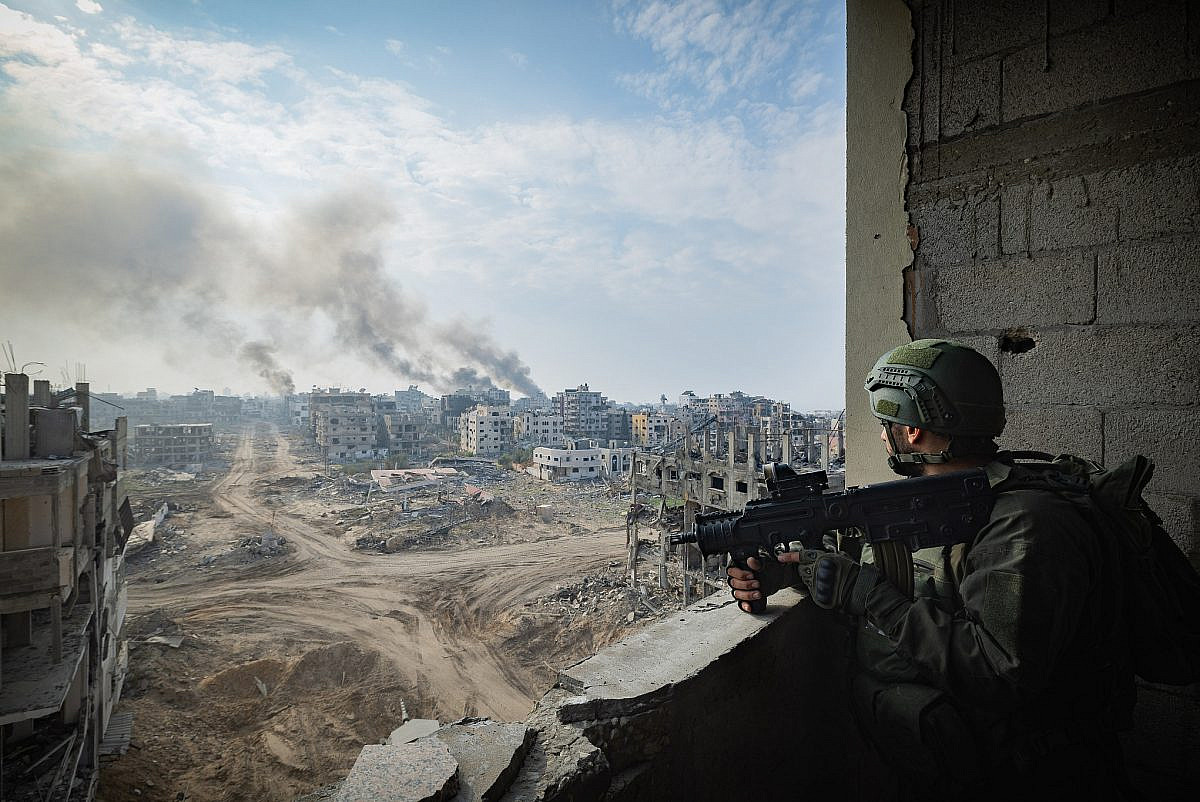
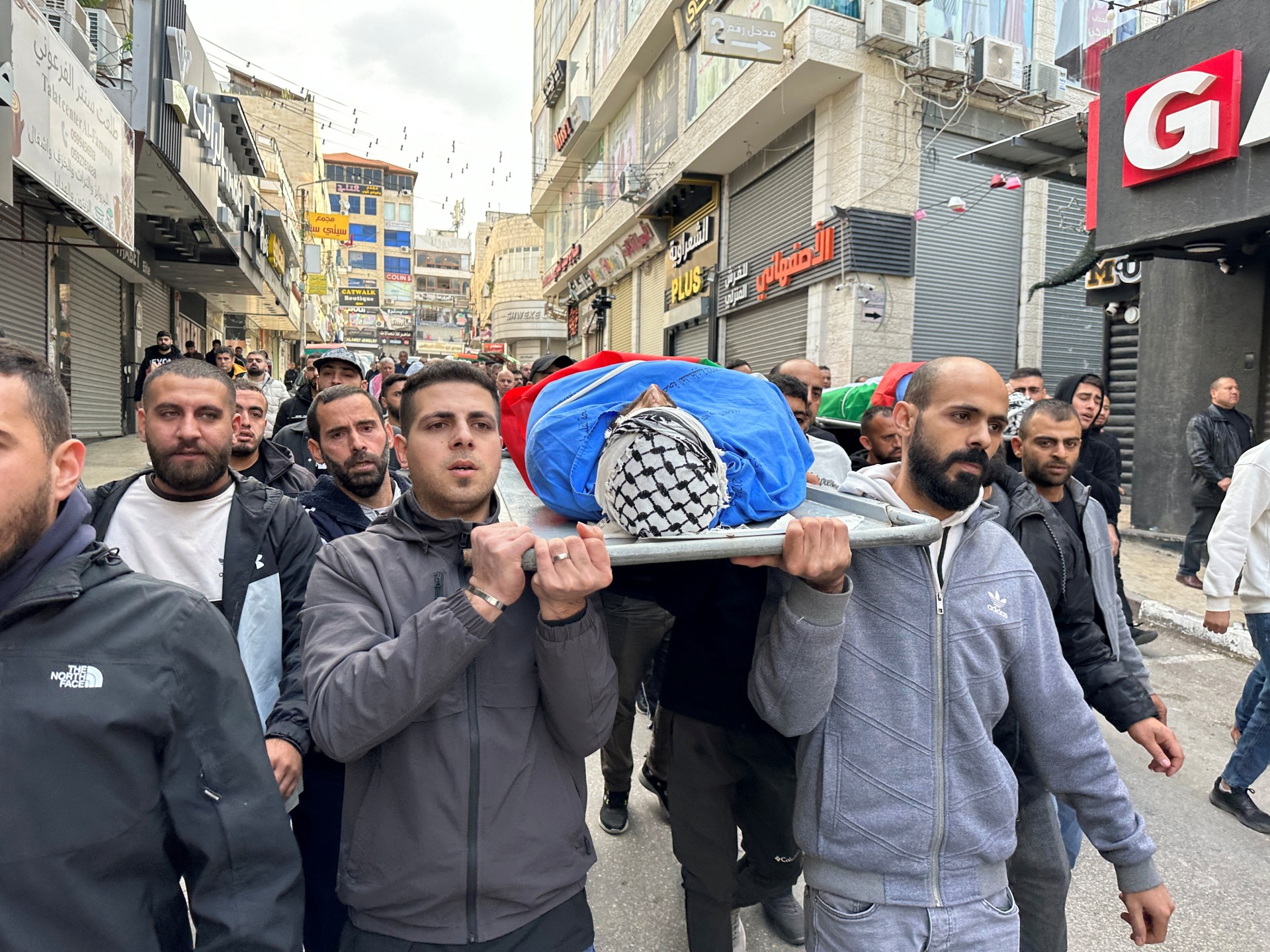
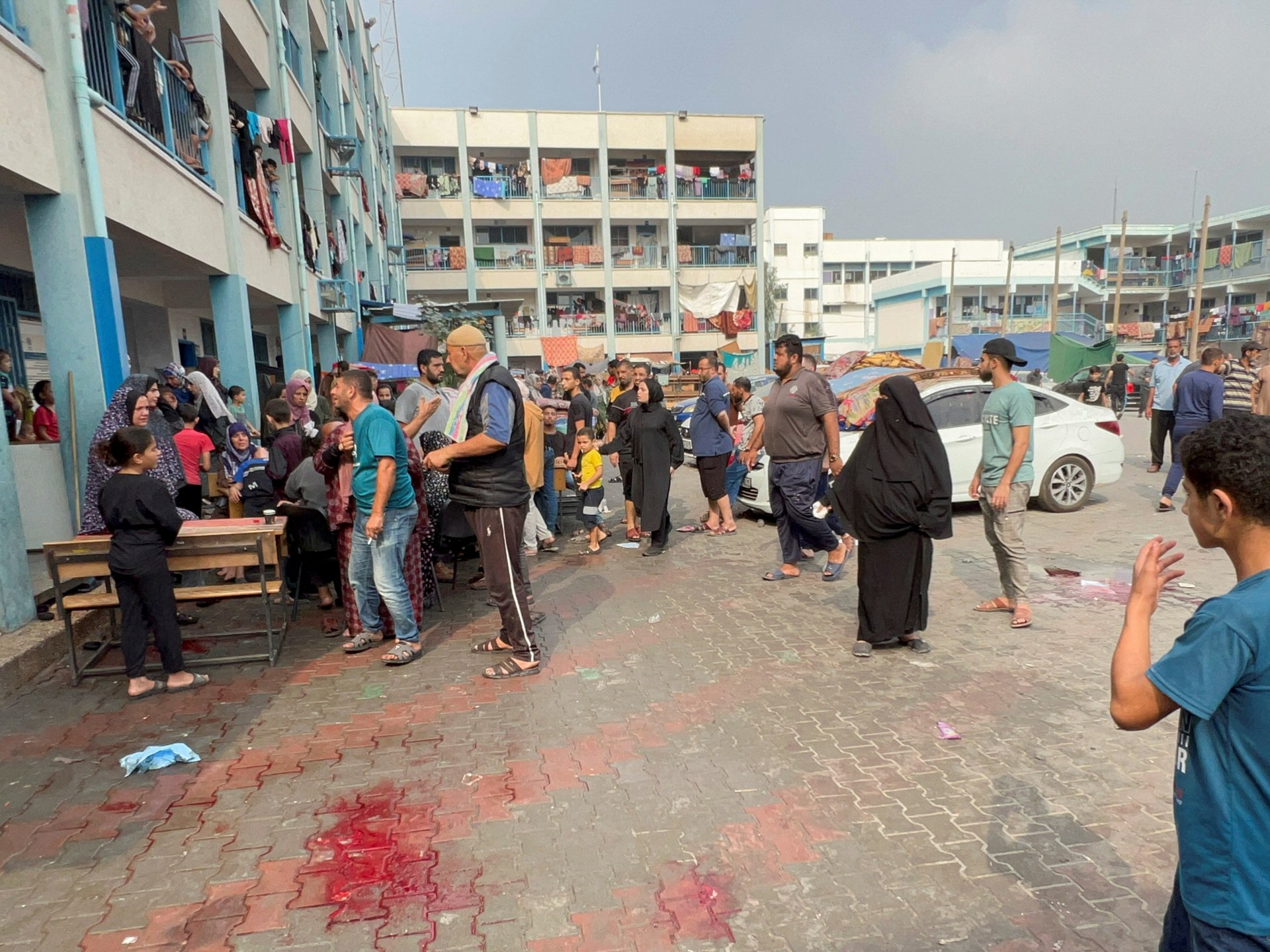

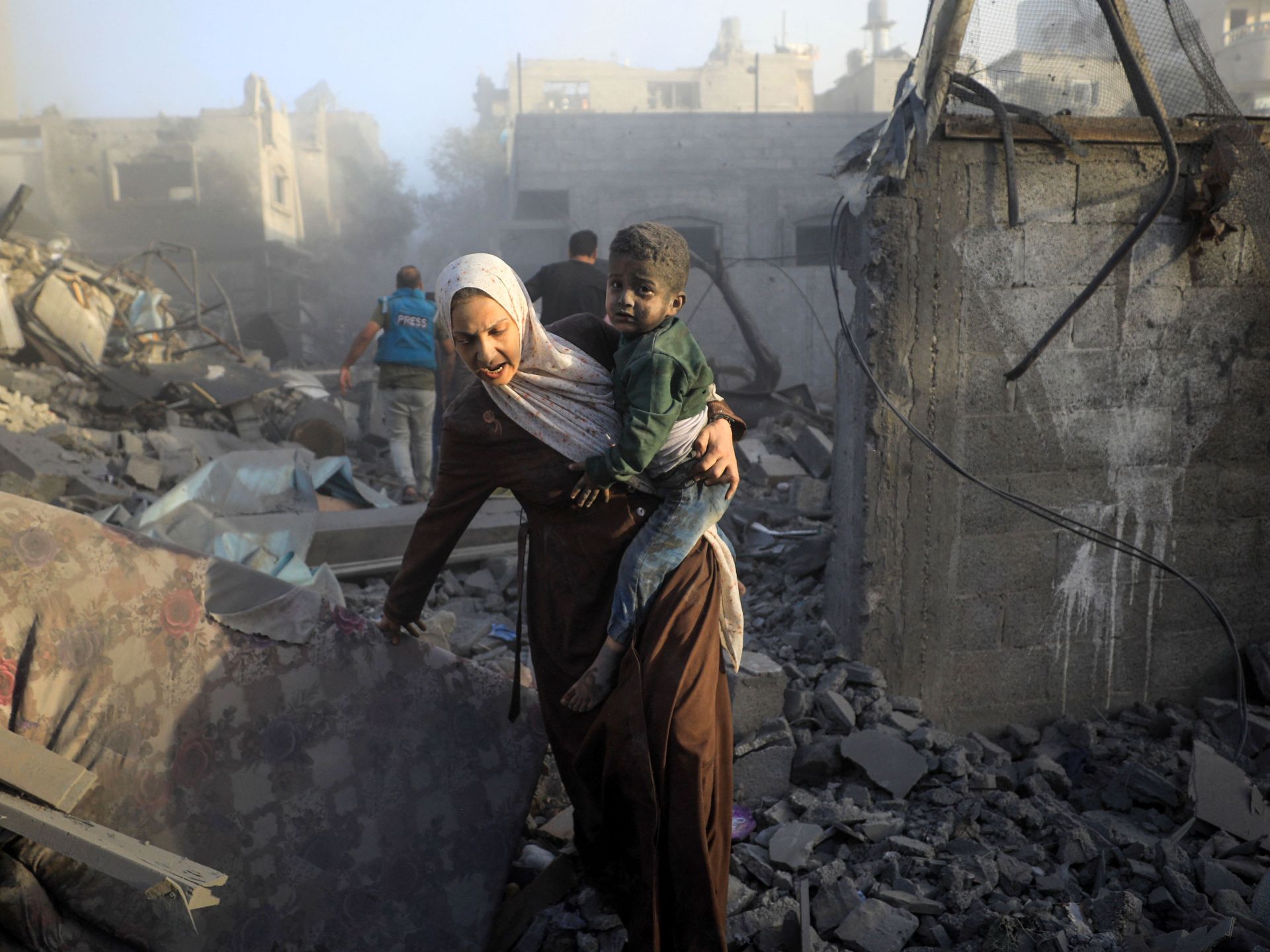
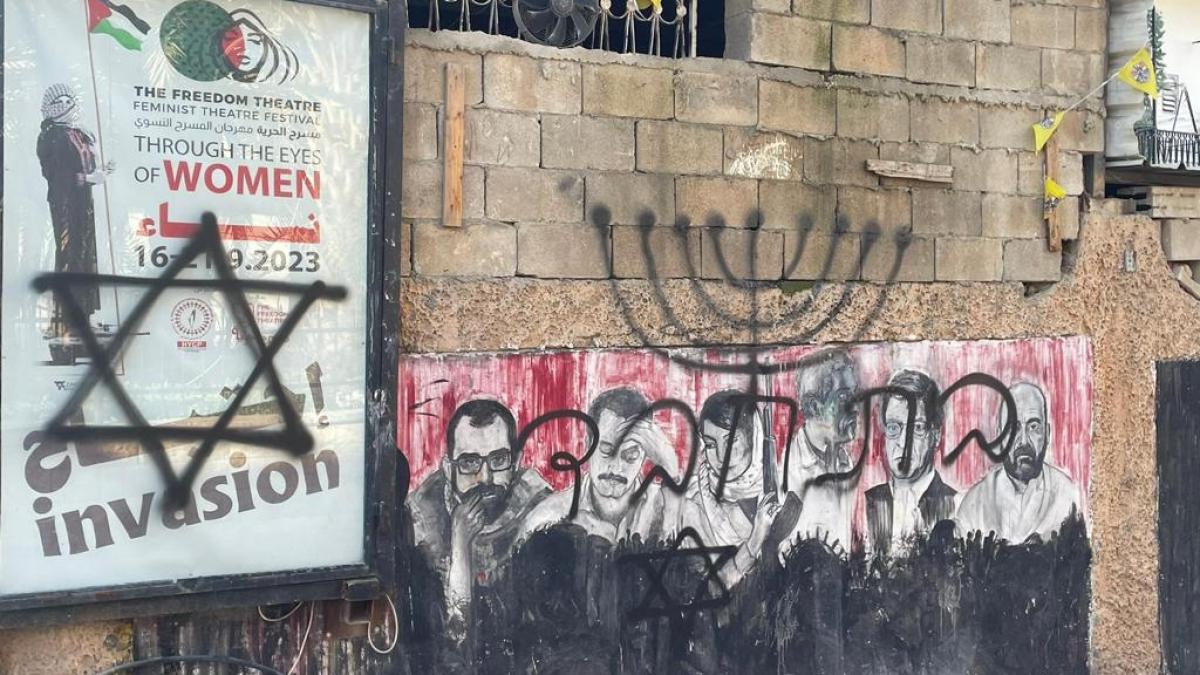
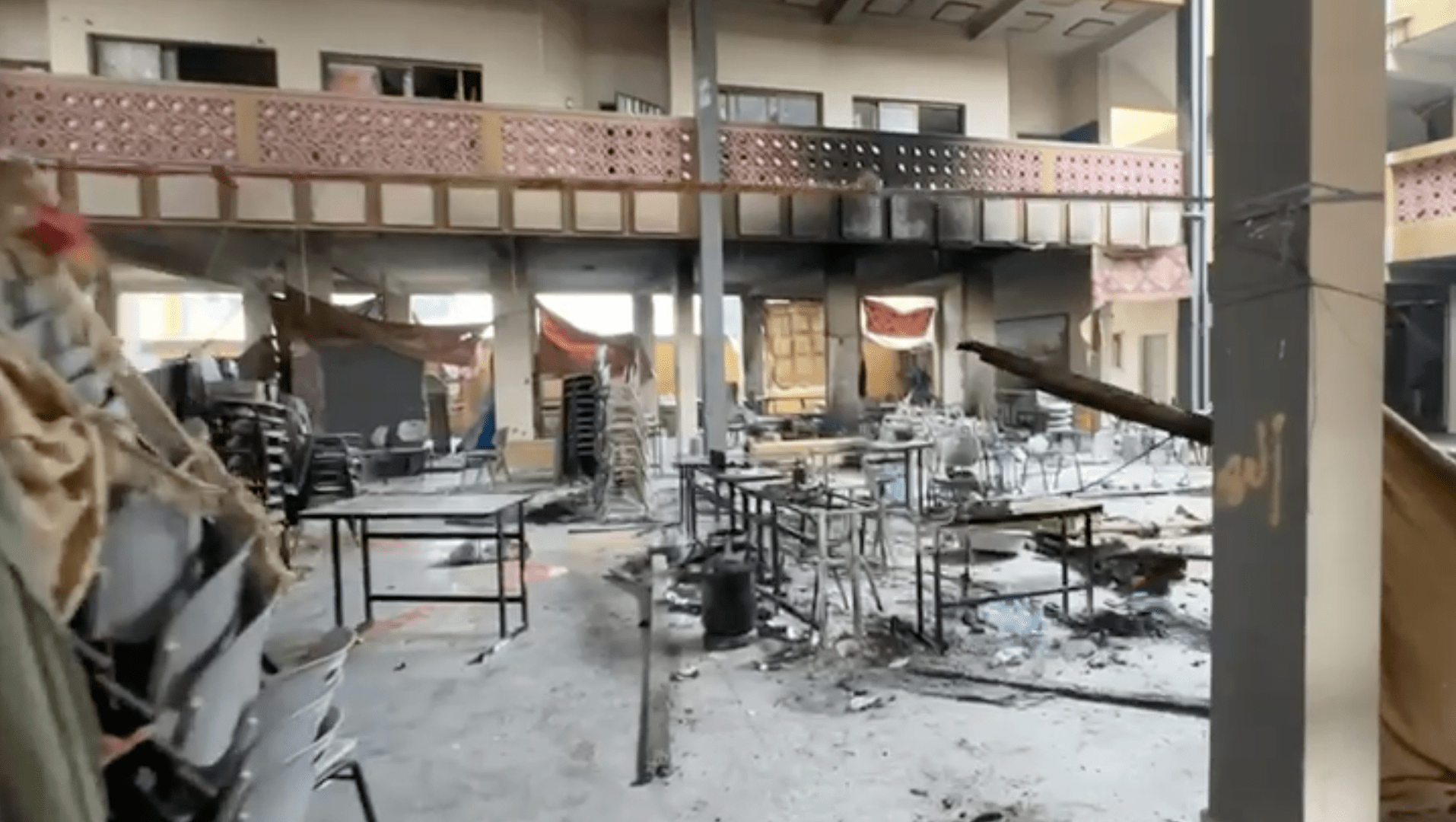
How I stopped being a cartoonist and became a ‘troll’
Israel’s war on Gaza triggered a war on free speech in the West